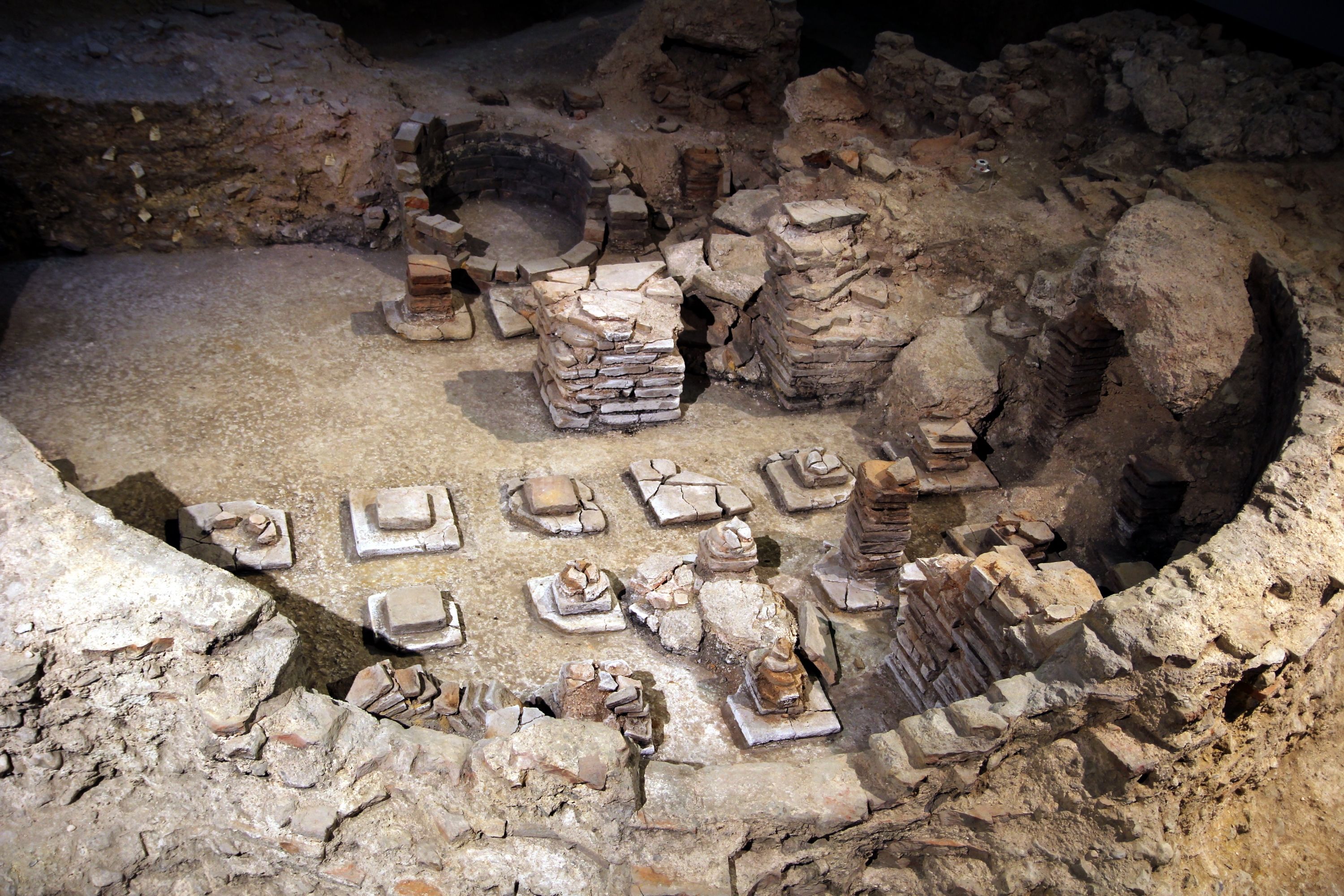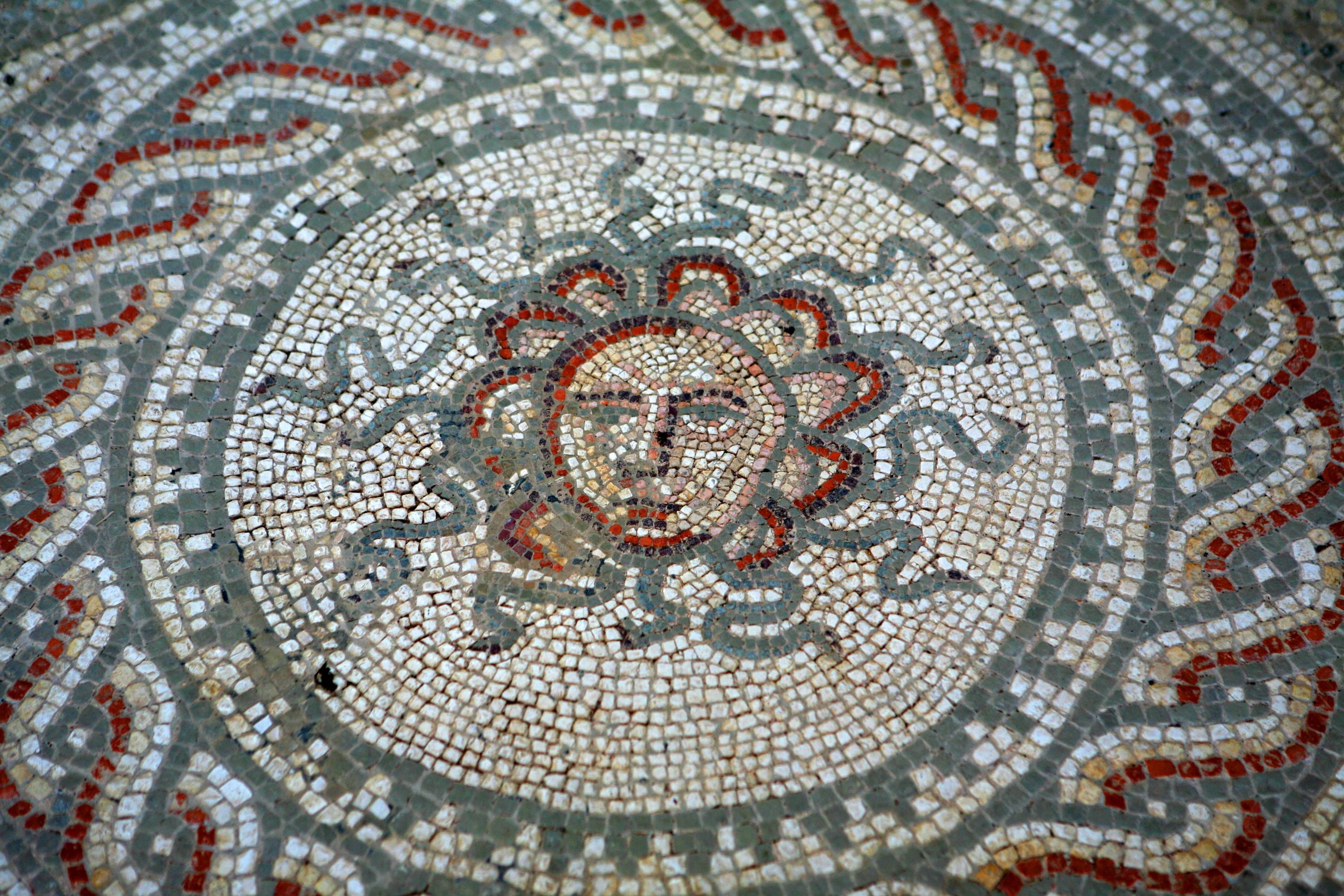Roman Sussex

Summary
Bignor, Fishbourne, Bosham and the Roman sites of Chichester
Villas were one of the major features of the Romano-British landscape and remain a constant source of fascination and debate. Questions remain about whether they were large landed estates specialising in agriculture or great houses and whether their owners were Romano-British or were absentees from abroad. More importantly, perhaps, the place of these establishments in the life of Roman Britain is still uncertain. This tour explores some of these complexities by visiting Fishbourne and Bignor, two very different examples of Romano-British villas. The great palace at Fishbourne was founded very early on and contains rich mosaics and decoration, before being abandoned after a fire in the 3rd century AD. Here we will look at the site and its mosaics, considering the competing theories put forward to explain this remarkable and elaborate complex, which would not be out of place in Italy. In contrast, Bignor Villa has a more typical development, beginning as a small farming establishment and growing into a great courtyard villa with elaborate mosaics by the 4th century AD, before being quietly abandoned sometime thereafter. We will however start the tour by visiting Roman Chichester, the tribal capital of the Regni. Here we will examine the remains of the town’s defences, the main internal road network, the public baths, the important Togidubnus inscription, and the amphitheatre.
What to Expect
- Enjoy a privileged, behind the scenes access to Fishbourne Roman Villa
- Visit the wonderful Novium Museum which preserves the Roman Baths in Chichester
- Admire the stunning mosaics of the Roman Villa at Bignor




